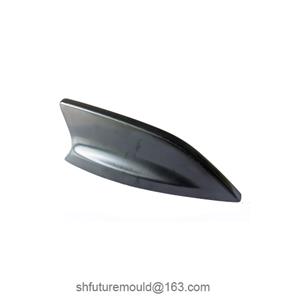Key Features of Medical Injection Molding Tools
Medical injection molding tools are an indispensable part of the production process for medical devices, requiring exceptionally high standards in design and manufacturing. Compared to conventional injection molds, medical molds possess the following core features:
1. High Precision
Medical devices demand extreme precision and dimensional consistency. Injection molds must achieve micron-level accuracy to ensure compliance with medical standards and avoid functional failures caused by errors.
2. Strict Hygiene Requirements
The materials and manufacturing processes of molds must meet the stringent hygiene standards of the medical industry. Typically, high-quality materials such as stainless steel or special alloys are used for their corrosion resistance, cleanliness, and ease of maintenance.
3. Compatibility with Diverse Materials
Medical products often use medical-grade plastics such as PC, PEEK, and PP. Mold designs must consider factors like material flow, shrinkage, and heat resistance to ensure the stability and performance of finished products.
4. Complex Structural Design
Medical products often feature intricate structures and complex functions. To accommodate the manufacturing demands of these sophisticated designs, molds need precise runner systems and efficient venting.
5. Durability and Stability
Since medical products are often produced in large quantities, molds must offer excellent wear resistance and long-term stability. This reduces replacement frequency and ensures production efficiency.
6. Compliance with Regulations and Certifications
The medical device industry imposes strict regulatory requirements on production tools, such as ISO 13485 and FDA standards. Mold design and manufacturing must comply with these certifications.
7. Multi-Cavity Design
To improve production efficiency, medical molds typically adopt multi-cavity designs. These enable the production of multiple products in a single injection cycle while ensuring uniformity across all cavities.
8. Efficient Cooling Systems
Advanced cooling systems are essential in medical molds to shorten the molding cycle, ensuring rapid production without compromising quality.
9. Automation and Intelligence
Modern medical molds tend to integrate automated features, such as ejection mechanisms and sensors, to enable efficient and intelligent production and minimize manual intervention.
10. Customization Capability
With a wide variety of medical products ranging from surgical tools to implants, molds often require tailored designs to accommodate the specific functionalities of different products, meeting individual needs.
- Injection Mold
- Automotive Injection Mold
- Electronics & Electrical Injection Mold
- Consumer Goods Injection Mold
- Airplane Components Injection Mold
- Medical Components Injection Mold
- Irrigation Components Injection Mold
- Injection Molds




